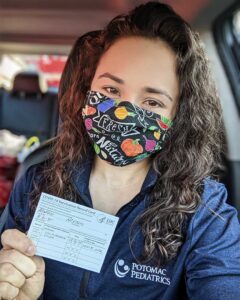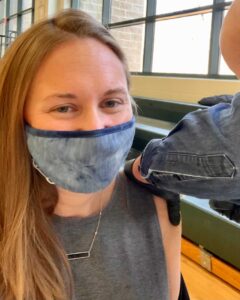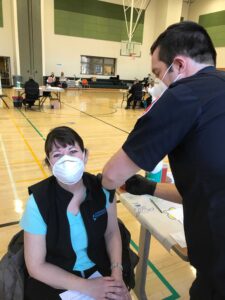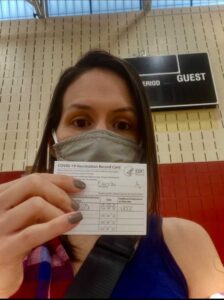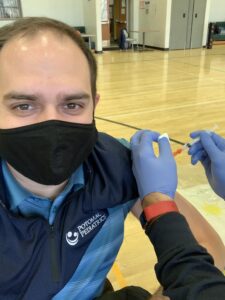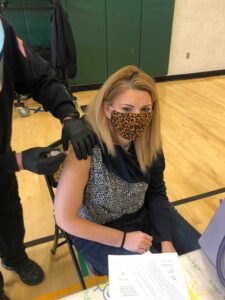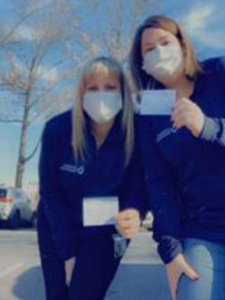Please register for one of our COVID-19 Vaccine Clinics using this link:
https://healow.com/apps/practice/potomac-pediatrics-rockville-md-9647?v=1
After registering, please follow this link for the remainder of the Self-Scheduling process:https://potomacpediatrics.com/wp-content/uploads/2021/06/COVID-VACCINE-SELF-SCHEDULING-GUIDE-1.pdf
- We strongly recommend all eligible patients get the COVID -19 vaccination. This vaccination has been found to be safe and very effective at reducing the severity of illness associated with the COVID-19 virus.
- You must have a dedicated COVID vaccine appointment in order to get the vaccination here in our office. All patients and non-patients are welcome to get the vaccine here in our office.
- After your vaccination you must stay in the office for at least 15 minutes to be monitored for any adverse reactions to the vaccine.
- If your child has already received their first dose, you may schedule their second dose with Potomac Pediatrics. Please bring their vaccine card to their appointment.
- Please be advised, you can still be a carrier of the virus even after you are vaccinated. You are not considered to be fully vaccinated until 2 weeks after receiving your second dose of vaccine.
- We will provide the v-safe information sheet to vaccine recipients/caregivers and encourage vaccine recipients to participate in v-safe. V-safe is a new voluntary smartphone-based tool that uses text messaging and web surveys to check in with people who have been vaccinated to identify potential side effects after COVID-19 vaccination. V-safe asks questions that help CDC monitor the safety of COVID-19 vaccines. V-safe also provides second-dose reminders if needed and live telephone follow-up by CDC if participants report a significant health impact following COVID-19 vaccination. For more information, visit: www.cdc.gov/vsafe.
- Per the CDC, here are the most up to date guidelines surrounding the 2021 Covid-19 vaccine.


